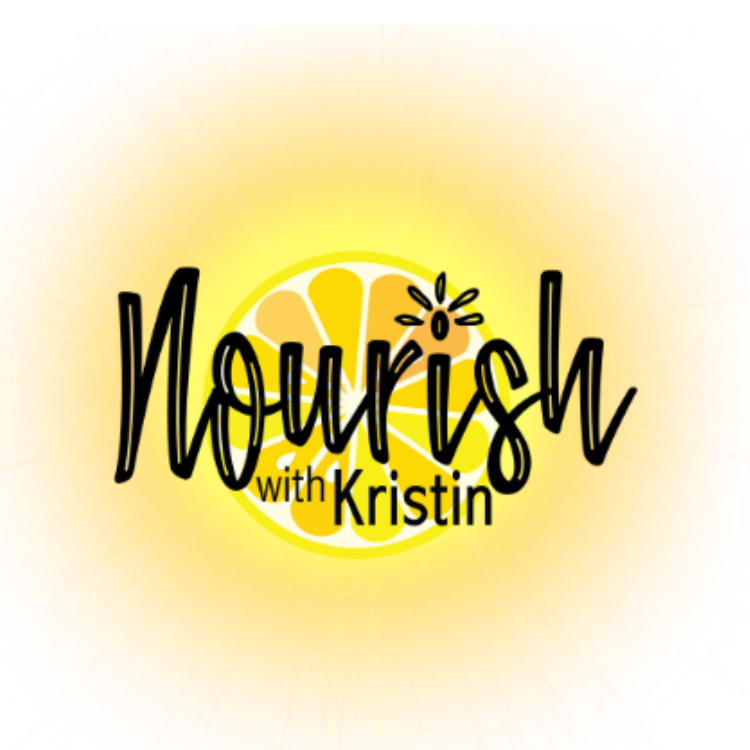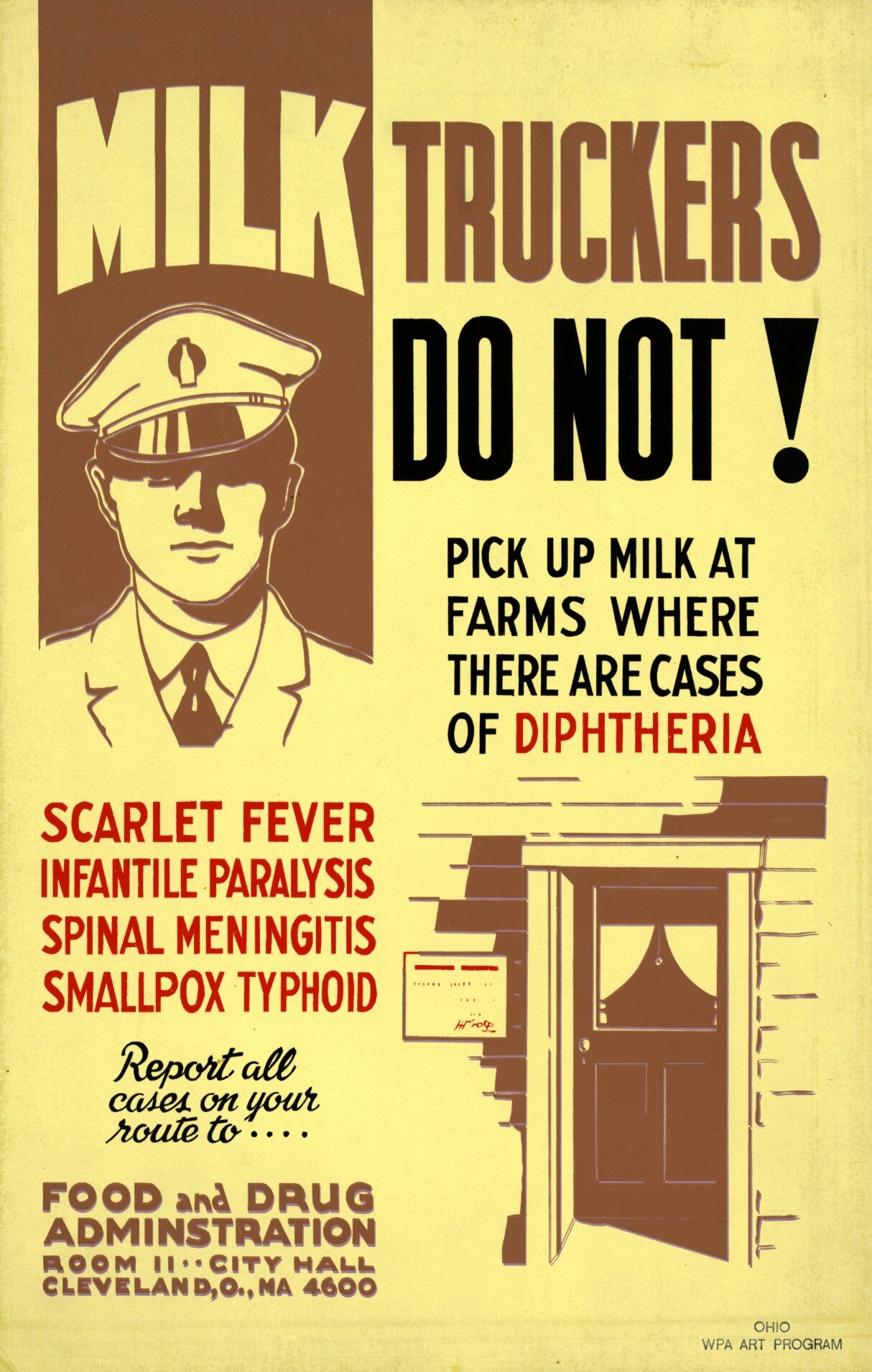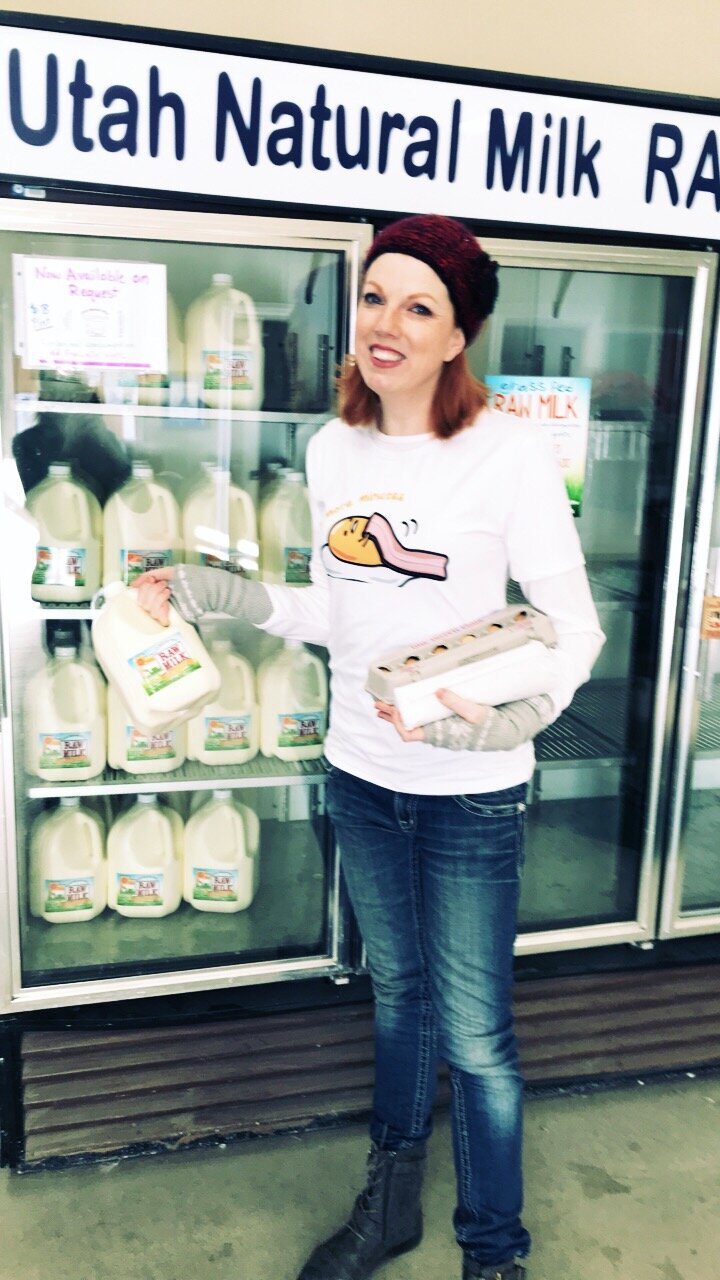A Brief History of Dairy: How Milk got a Raw Deal
“Ew!” “That is so dangerous.” “Why would you do that?!” After drinking raw milk for 8 years now, I am surprised I still get this response from people. Even while I’m flattered by their concern for my safety, I can’t help but see the irony in their fear of a time honored, natural food even as they sip their Diet Cokes. How did this happen? Let’s take a brief look at how milk got a raw deal.
In the Beginning…
The story of raw milk is not a new story. Humans and Cows have been working together for a long time.
As early as 8,000 BC cows were first domesticated in the Fertile Crescent Valley of the Near East. The Aurach is the ancestor of all modern, domesticated cattle. The last Aurach died in 1627 in Poland, though breeding programs are attempting to reintroduce their genetics. Highland Cattle are one of the closest living relatives of the Aurachs. Besides being beautiful, they make great family milk cows! They give about 2 gallons of milk a day.
Around 4,000 BC evidence seems to award Neolithic farmers in Britain and Northern Europe the “first to milk cows for human consumption” distinction. 3,000 BC shows the Ancient Sumerians getting in on the dairy action. Archeologists have uncovered implements used for making cheeses and butters indicating that life was good.
In 3100 BC, the domestic cow shows up in Northern Africa and we see milk showing up in Egyptian culture. In fact, cows were deified and considered sacred. Were they the first to worship cheese? I know I carry on that tradition!
Good Ideas Spread Like Buttah
Sure enough, milk was here to stay and became part of cultures all over the world, each with their own methods of milking, culturing, and developing foods from staples to delicacies.
Check out these photos taken between 1880 and 1899:
A—An Argentine Milk Man making his rounds. Note the leather vessels.
B— Belgian Milk Cart (has us rethinking the use of draft horses in favor of dogs.) They use metal milk pitchers.
C—Philippine Milk Vendors on the road to Manila. Notice they use wooden pitchers to carry their milk.
Even before modern refrigeration, milk was produced, stored, traded, traveled and consumed around the world by people of all ages and walks of life.
A Note on Lactase Persistence
Let’s pause here to discuss an interesting event in human biology. You may have heard it said that humans are the only animals that drink milk after weaning. Well one, this may have to do more with our ability to harvest milk as I have seen lots of animals happy to drink milk but unable to milk a cow on their own. Another interesting aspect of this story is how we actually evolved to drink milk. Our genes changed in response to the addition of milk to our diets. Scientists believe the ability to digest milk was slowly developed sometime between 5000 and 4000 BC with the propagation of a genetic mutation called lactase persistence. This allowed us to produce enzymes to digest milk long after infancy. This gave an evolutionary advantage to humans by making a nutritionally dense food available to them and coincides with the emergence of dairy farming. This genetic trait is much stronger in some genetic lines than others. Click here for an interesting note on it. We will learn later on that enzymes present in raw milk helps with the digestion of dairy even if you don’t have this beneficial genetic adaptation.
Milk…it DID a body good
Land of Milk & Honey
Milk is a staple. People know it is good for you and know how to handle, preserve, and craft it. Milk is associated with king and country, a symbol of prosperity and health, and a staple in the human diet. Belief runs deep in the powerful, healthful benefits of milk. Dairy is common in diets across the world. Even in the tropics, with no refrigeration, fermented milk is treasured for its nutritional density. Milk is used for nutrition, for medicine, for economic trade and for pleasure.
Trouble in Paradise
At the turn of the 19th century, the world finds itself on the brink of revolution….an Industrial Revolution, that is. For the first time, factories call to the populace with promises of productivity and employment. Cities emerge and explode seemingly overnight. Innovation and Experimentation are kings.
To meet the demands of booming populations, distilleries pop up in every major city. Milk and Spirits are the top beverages and at some point, someone had the bright ideas of combining the two. The byproduct of distillation is barley mash and other spent grains and come to find out, the indiscriminate cow will eat these! It seems like an industry match made in heaven. In practice, however, the concept is less than saintly. Cows are confined close to distilleries, mired in their own filth and foul air with hot, reeking swill to dine on with little nutritional value. Conditions were deplorable. Cows were frankly sick and weak. The cows aren’t the only ones to suffer. Under these circumstances, the cows gave a pale, bluish milk branded “swill milk” that was unfit for butter or cheese making. To even be drinkable, it was thickened with starch and eggs, whitened with Plaster of Paris and sweetened with molasses to make it palatable. It was handled by dirty hands with no regard or even awareness of sanitation and then, it was marketed as “Country fresh.”
Notice the bottom illustration of a cow so sick and debilitated, it can’t even stand on its own. Yet, the farmer milks away as another supports it mechanically. Exploitation at its finest.
Milk Scare
Additives to mask poor quality and no consumer transparency show that the profit margin is the primary concern while cleanliness, animal husbandry and quality are not highly regarded.
For the first time in history, people didn’t either personally milk their own family cow or know the farmer they bought their milk from. They couldn’t vouch for the health of the cow, they didn’t see behind the scenes. They just knew the milk tasted funny and people were getting sick. Really sick. Swill milk was fed to to babies by their unknowing mothers. In New York City during 1870, the infant mortality rate soared to 20% and would stay there for the next four years!
Is it any wonder the public began to fear something as commonplace as a cup of milk?
As early as 1906, about three decades before this poster on the right appeared, the Chief of the Division of Foods at the Bureau of Chemistry declared that "the most serious problem connected with food control is the regulation of the milk supply."
The New York Academy of Medicine conducted an examination and established the connection of swill milk with the increased infant mortality in the city. The topic of swill milk was also well exposed in pamphlets and caricatures of the time.
So began a battle of competing interests that persists to this day. Public outcry calls for protection, well-funded commercial interests claim their product is not only safe, but healthful and the Milk Wars begin.
Does this template sound familiar? Consider our modern foodscape…do we see this happening today?
Two Roads Diverged: a choice to make
A new understanding of germs was emerging, though the concept of germ theory was still in its infancy.
People began to understand that dirty milk harbored germs and they are what made people sick. The problem was real and two different schools of though emerged.
Above, Louis Pasteur in his lab, and his machine.
Below, a 1920 “Certified Clean Cooling Parlor.”
1. Dirty Milk? Kill the Germs with Pasteurization.
The French scientist, Louis Pasteur, developed the “germ theory” in 1862. He found that by heating milk just below boiling, he could kill most germs. Pasteurizing killed bacteria, yeast, mold and viruses. It seemed simple, it seemed doable, it was new-fangled science to the rescue!
2. Dirty milk? Clean it up with a “Certified clean” system of collection and delivery.
This approach involved cleanliness, quality and accountability. To become “Certified Clean,” dairymen would enter into a contract with the newly formed American Association of Medical Milk Commissions. They had groundbreaking ideas like: Wiping teats before and after milking. Washing hands. Sterilizing milk utensils. Assuring freshness and submitting to inspection, etc.
Two solutions to a big problem: one is to kill contaminants already present in dirty milk, the other is to prevent them altogether with clean practices.
Pastured to Pasteurized: The Road is Determined
While industry changed the face of the nation, most citizens were not far removed from the farm and knew that raw milk was healthy and nourishing. They wanted clean milk and resisted the idea of “cooked milk.” They understood that cooking killed everything in the milk, the good AND the bad! But “certified clean” proved to be more expensive than pasteurization. Heavily funded public campaigns began “reeducating” the public with promises of scientific progress and methods they could trust.
In 1895, commercial pasteurizing machines for milk were introduced in the United States.
"By 1917, pasteurization of all milk except that from cows proven to be free of tuberculosis was either required or officially encouraged in 46 of the country's 52 largest cities. The proportion of milk pasteurized in these cities ranged from 10 percent to 97 percent; in most it was well over 50 percent."
Ron Schmid, ND The Untold Story of Milk, 2003
When you consider the lack of clean practices, the disregard for animal health (food, shelter, and care) and the poor handling of milk at the time, pasteurization did produce a cleaner, safer product, but it did so without addressing the causes of the tainted milk. To make up the difference, it took some slick campaigning to convince the public.
Milk gets a publicist
America was a hard sell, but the industry persisted. Celebrity endorsements, milk campaigns and even government funding would eventually sway public opinions. This is a picture from the early 1920s of the Great Bambino himself drinking at a “milk bar” at the ball grounds in Rochester just before a game starts during what they called “milk week.” Star studded PR stunts…. people back in the day were susceptible to ploys like that. That would never work today, right?
Has pasteurization outlived its usefulness?
“We are not here to villainize pasteurized milk, but to understand the cost of it.”
—Kate Greeneklee (An Australian microbiologist and immunologist)
And I would add, to understand the alternatives, and be free to choose accordingly. We’ve come a long way from blue swill milk. With technology making refrigeration, sanitation, education, and testing accessible to even the smallest operations, the “certified clean” theory that was championed at the turn of the century makes more fiscal sense than ever. But it’s not simply a numbers game. There is the quality, or the nutritional value of the end product to consider. In the next post in this series, we will compare pasteurized milk with raw milk. Stay tuned!
Where can I get the Good Stuff?
Weston A Price Foundation maintains an awesome Real Milk Finder. Simply scroll to your state to find raw milk near you!
If, like me, you call the Wasatch Front home you are in luck! Utah Natural Meat and Milk has what I think is the best tasting, highest quality raw cow AND goat milk you can get. Their commitment to cleanliness exceeds even strict state standards and they treat their animals with incredible care. The result is a bright, creamy milk that is never skimmed or altered. Filtered, chilled, bottled. That’s it! Come and get it…and tell them I sent you! Perhaps I’ll see you there.
Thirsty for more?
Read other posts in my Raw Milk series!
Raw Milk vs Pasteurized: The Whole Story
7 Reasons to drink Raw Milk (and 2 Reasons NOT to)












